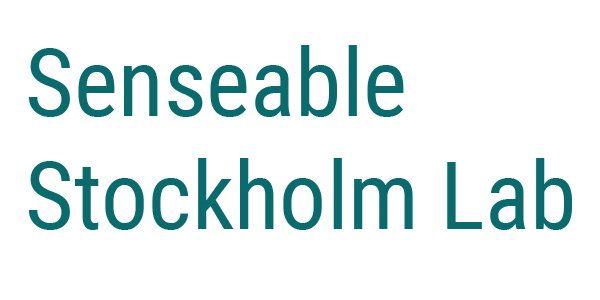Perspectives on urban segregation and inequalities
Urban segregation and unequal living conditions are urgent contemporary challenges. The ongoing expansion of Stockholm is an opportunity to develop a more socially sustainable city, characterized by reduced segregation and more equal living conditions. This requires an explicit design for diversity and a design allowing for differences in public space.
Urban segregation and unequal living conditions are urgent contemporary challenges. The ongoing expansion of Stockholm is an opportunity to develop a more socially sustainable city, characterized by reduced segregation and more equal living conditions. This requires an explicit design for diversity and a design allowing for differences in public space.
The phenomenon of urban segregation will be studied from many perspectives also beyond residential segregation by using new techniques and develop creative mapping in order to increase the understanding of how people use the city.
In the first studies, much of the focus lies in understanding urban segregation as is, based on e.g. georeferenced data and socioeconomic data. In addition to being able to describe present patterns of segregation, having the ability to predict such patterns under different scenarios, or policies, is important for guiding decision makers. Activity based travel demand models set out to describe when, where, how and what individuals travel and perform activities.
Studies
Analysing co-presence and urban affordances
Social network data unveil the dynamics of social segregation in Stockholm
Student Exhibition
One Hundred Places – Explore Stockholm – 4-8 May 2020



